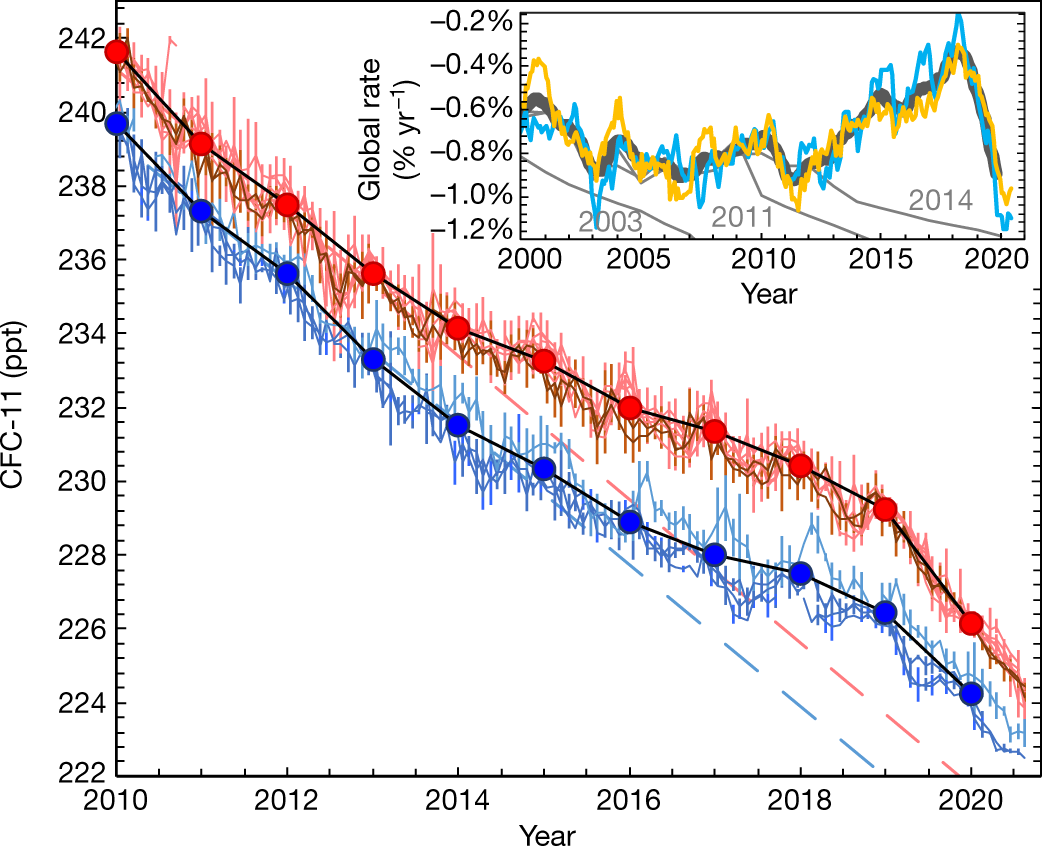

Later, for automated control purposes, differential pressure (dp)-type orifice plate flowmeters were added into the system.

The city’s system had been initially designed with simple site-gauge rotameters. With too little chlorine added, the disinfection treatment process is incomplete, and the water requires costly additional alternative treatment or retreatment. Adding too much chlorine affects water taste, wastes expensive chlorine gas and creates the need for extra residual chlorine removal. This poor control over the amount of chlorine being dispensed resulted in either excessive, wasteful chlorine use or potentially hazardous and expensive retreatment. ProblemĪt one of the city’s water treatment plants, the chlorinator system’s flow measurement lacked suitable turndown capability (measuring range) and was not repeatable at lower flow rates, and monthly total chlorine usage was not consistent. Where chlorine is in use, accurate measurement of the gas is essential for successful disinfection and for safety purposes. There are several different methods of disinfection treatment, such as chlorine (Cl 2), UV and ozone. In order to provide a reliable, safe source of clean drinking water, all municipal system operators rely on a disinfection system to kill germs. The city’s engineers take great pride in providing the community with a safe source of drinking water and gave this issue the highest priority. serving a population of approximately 180,000 people needed to address a chlorine disinfection system problem at one of its water treatment plants. The water municipality of a mid-size city in the Western region of the U.S.


 0 kommentar(er)
0 kommentar(er)
